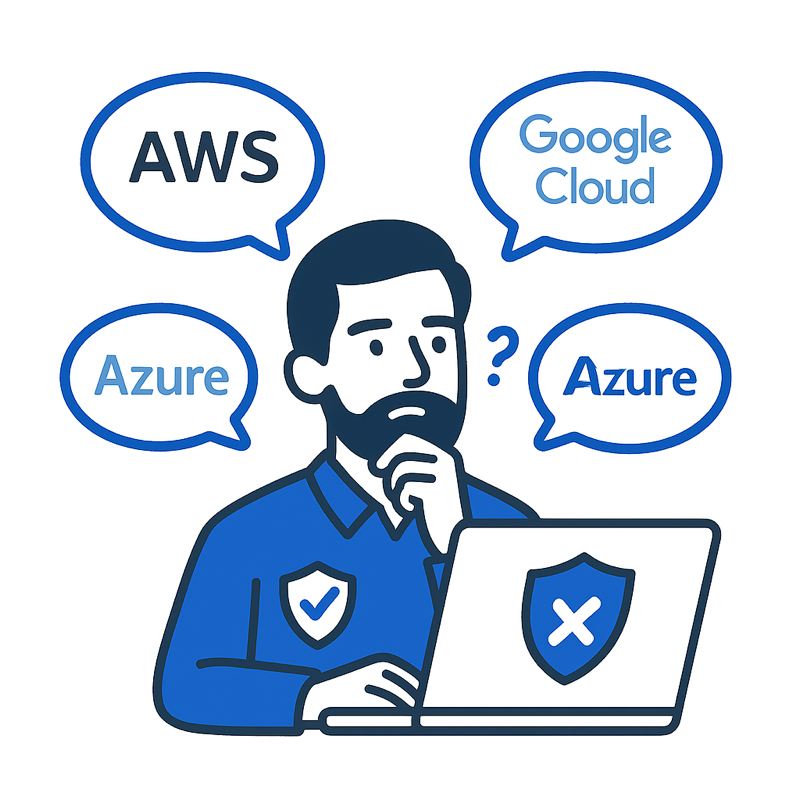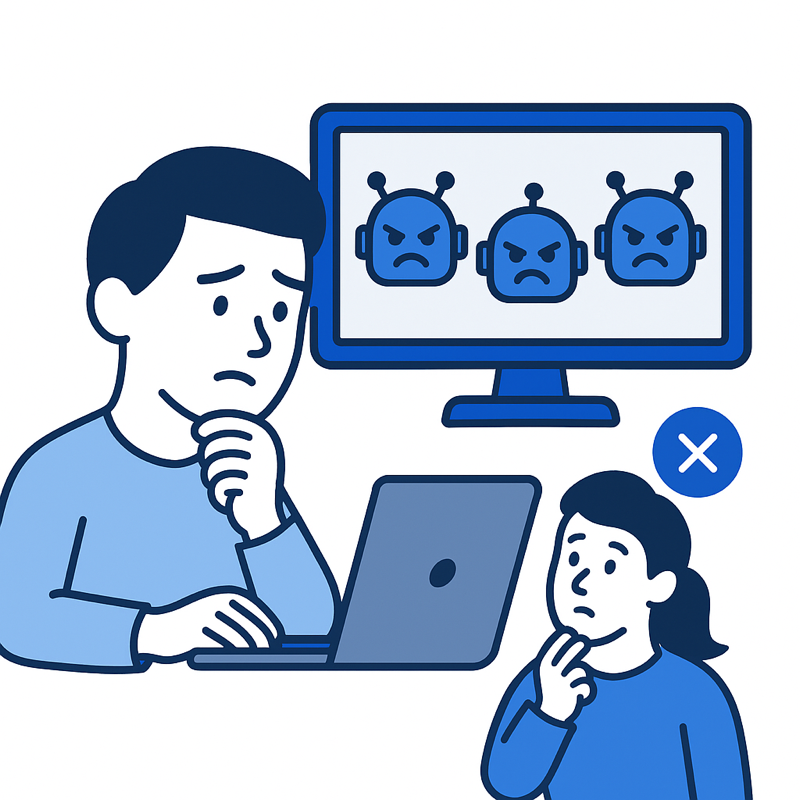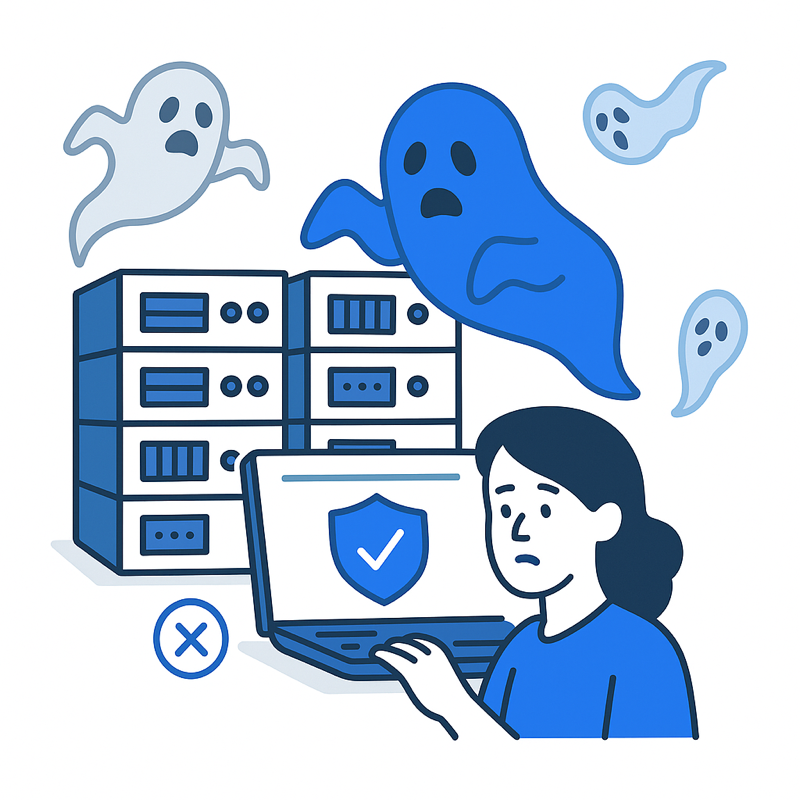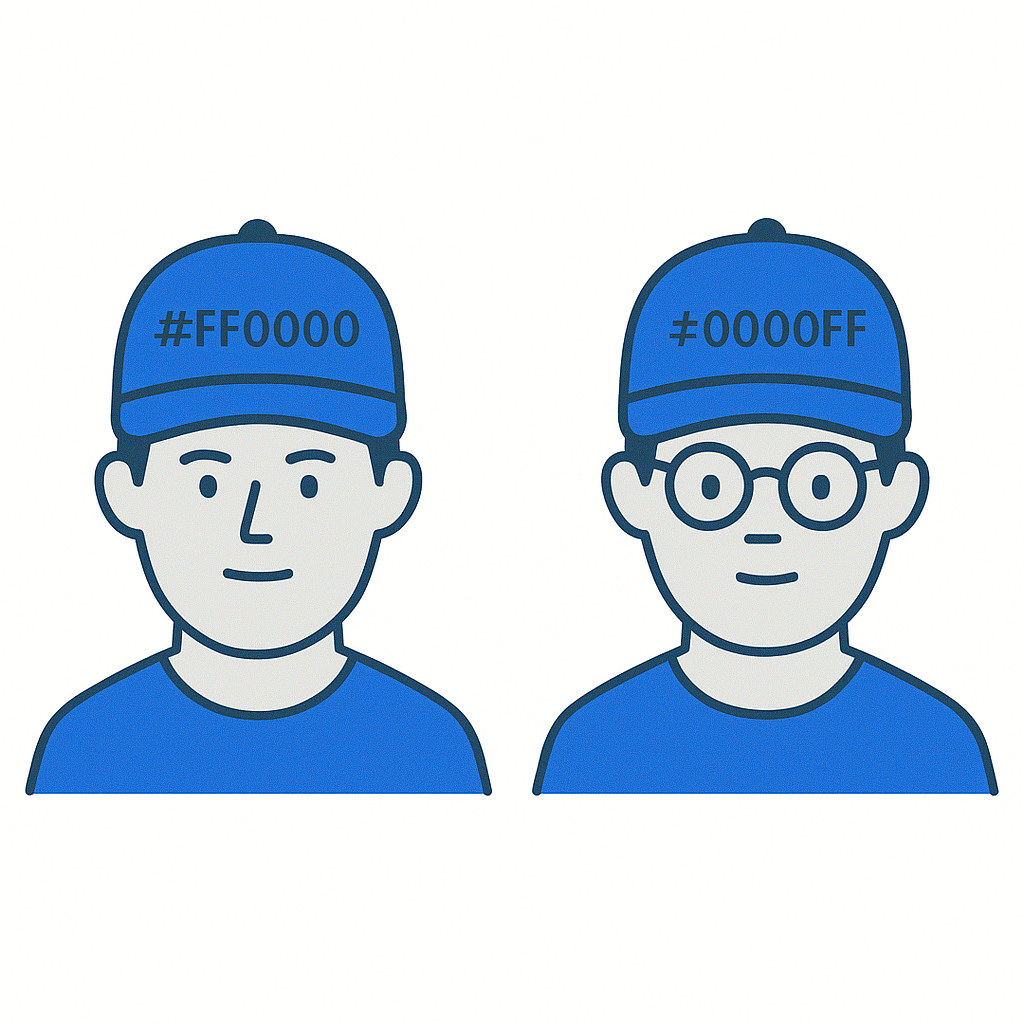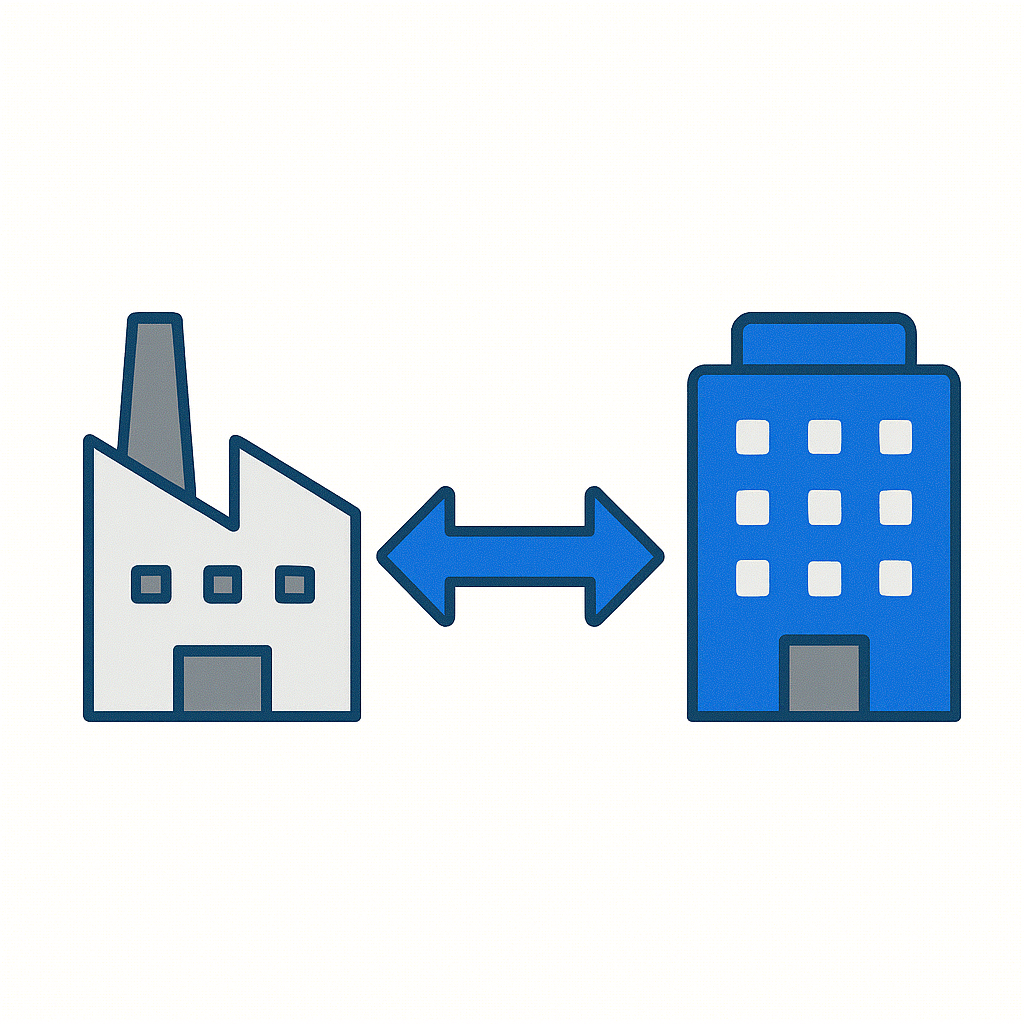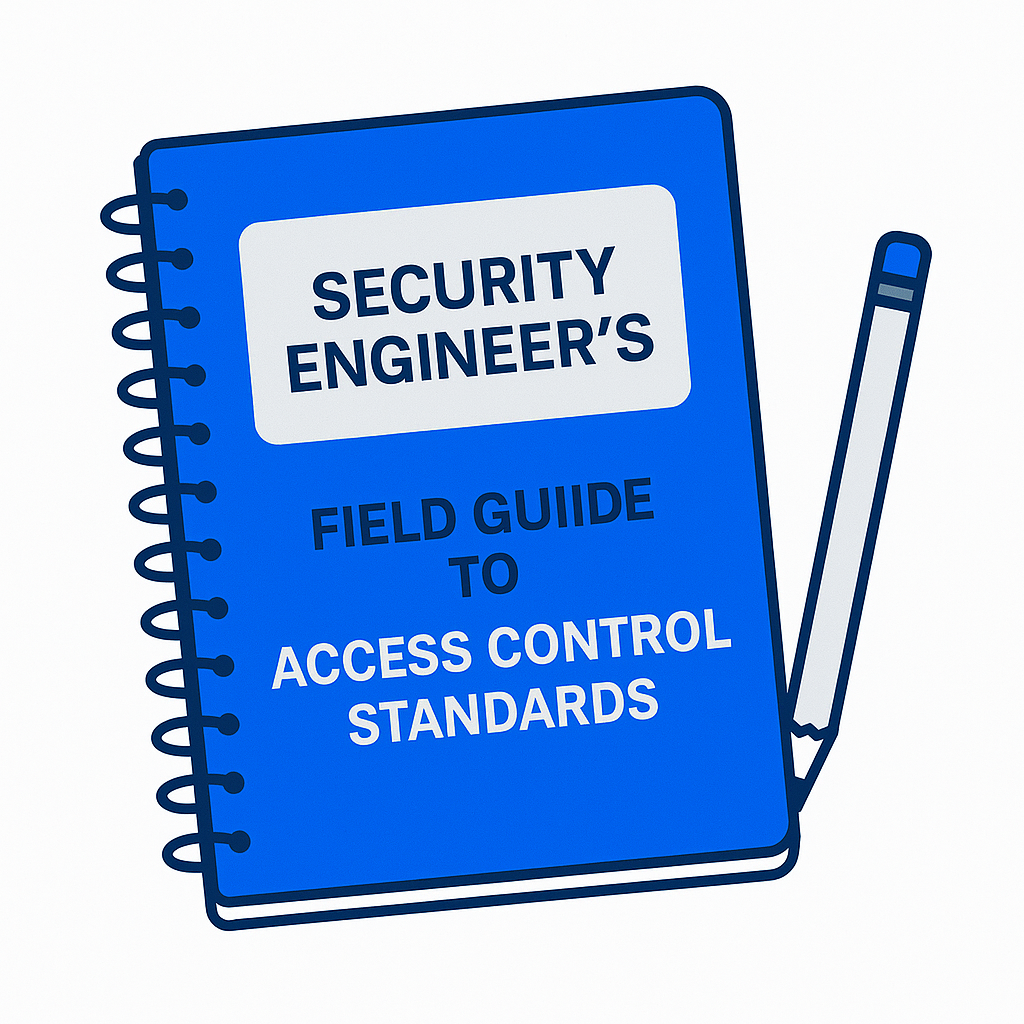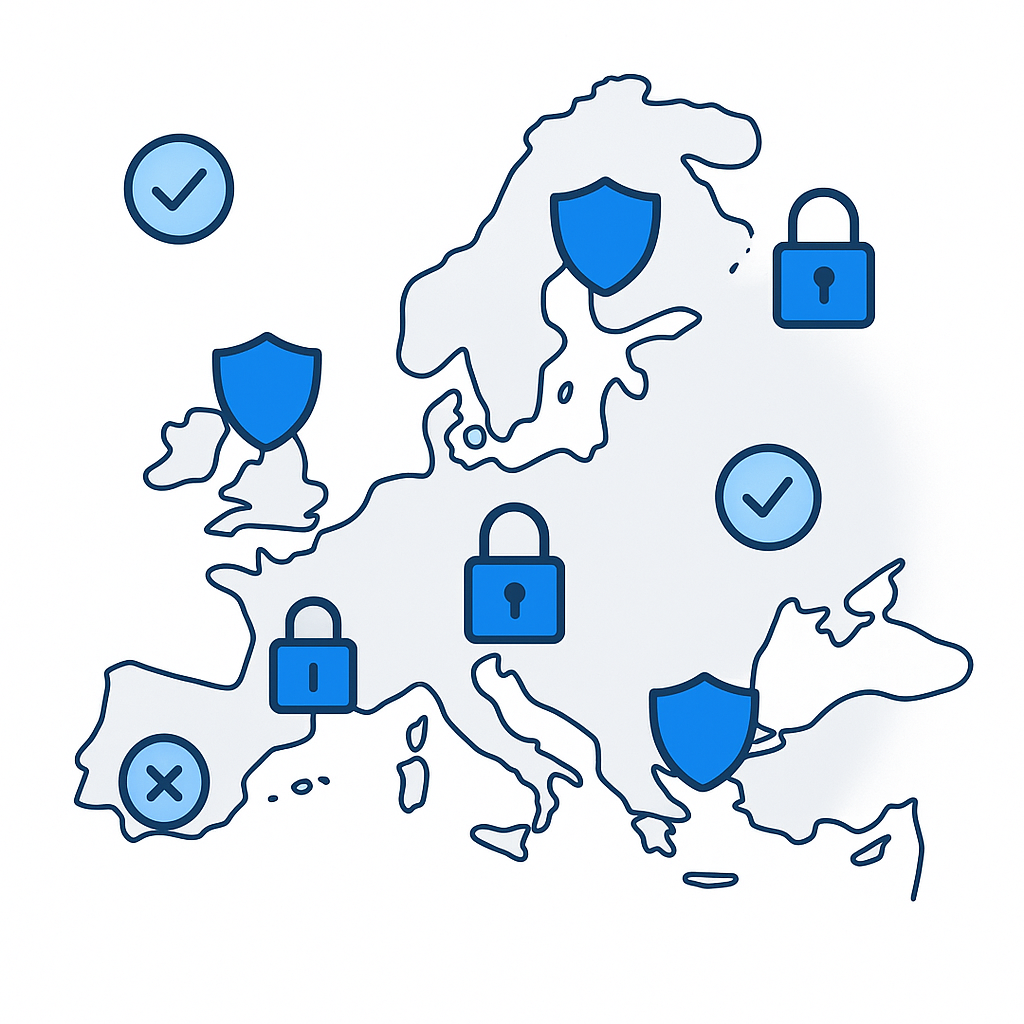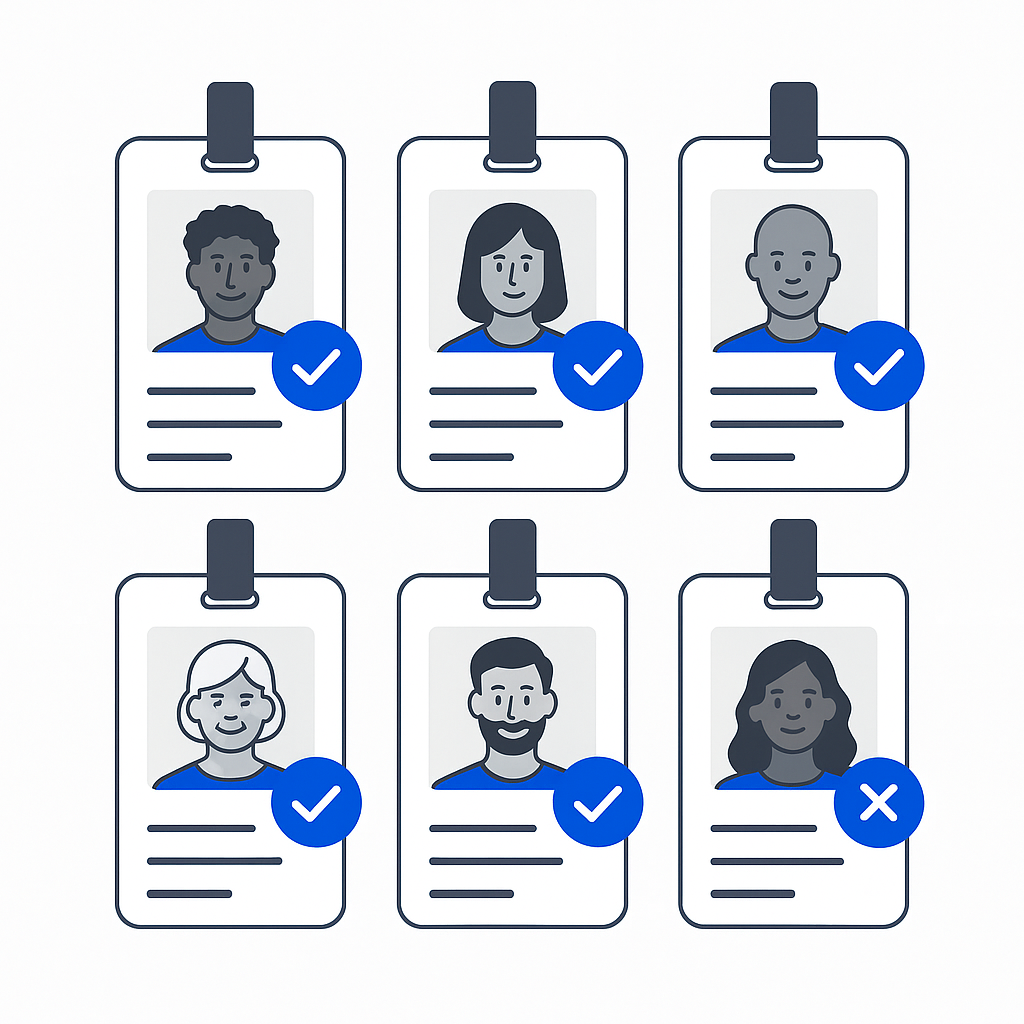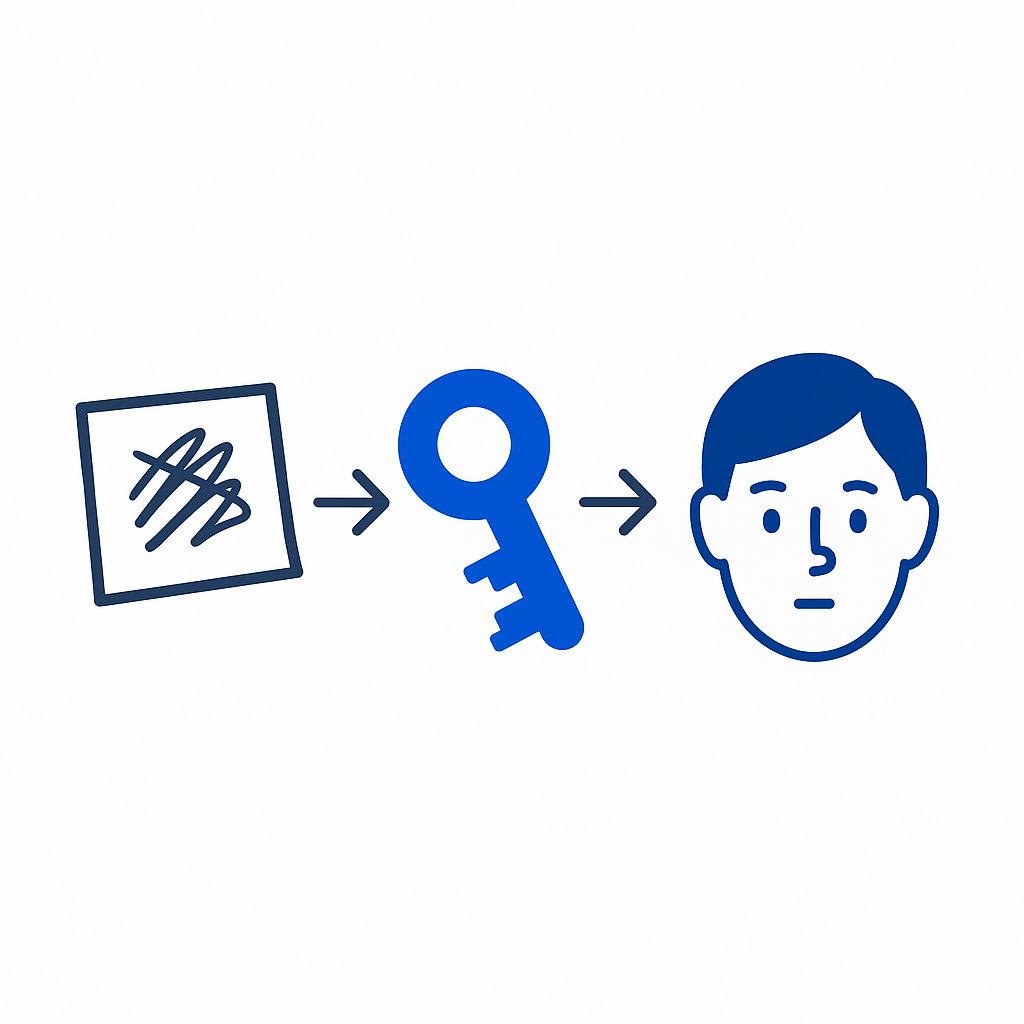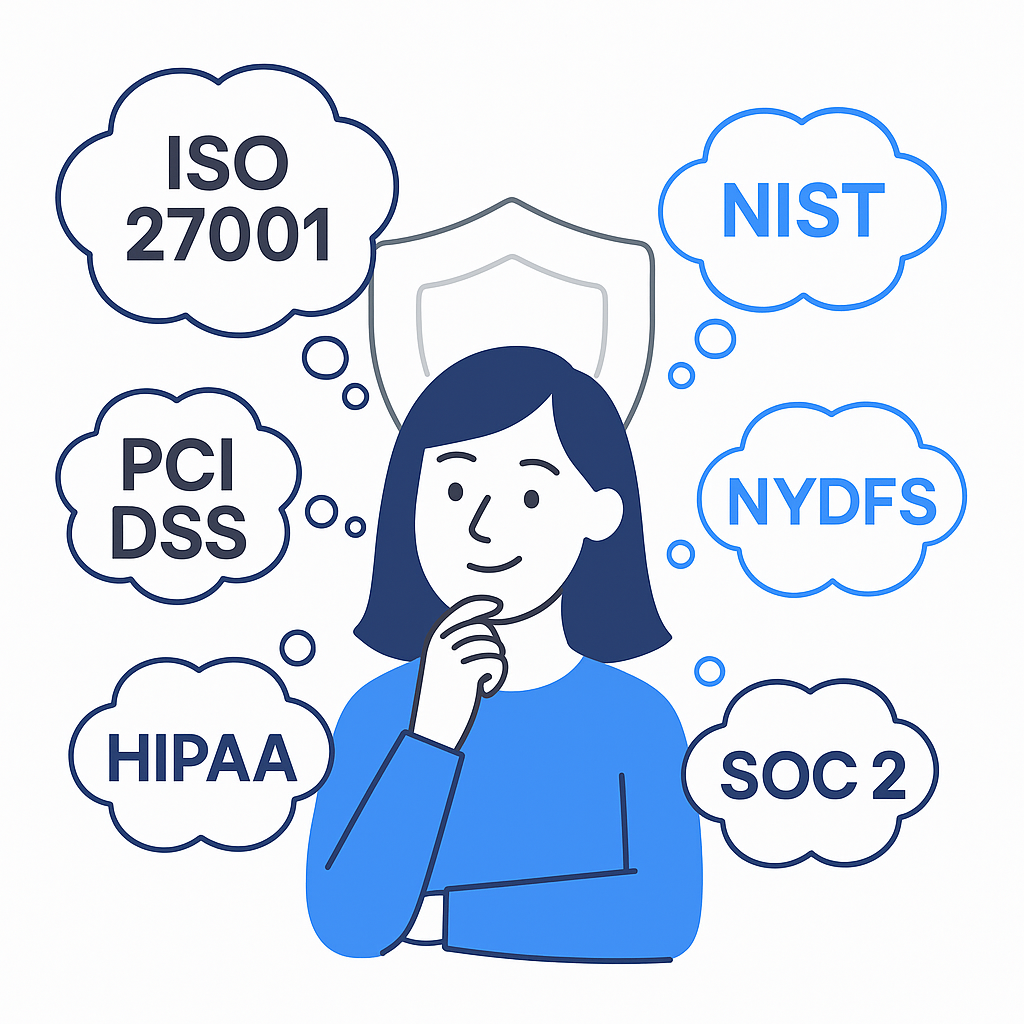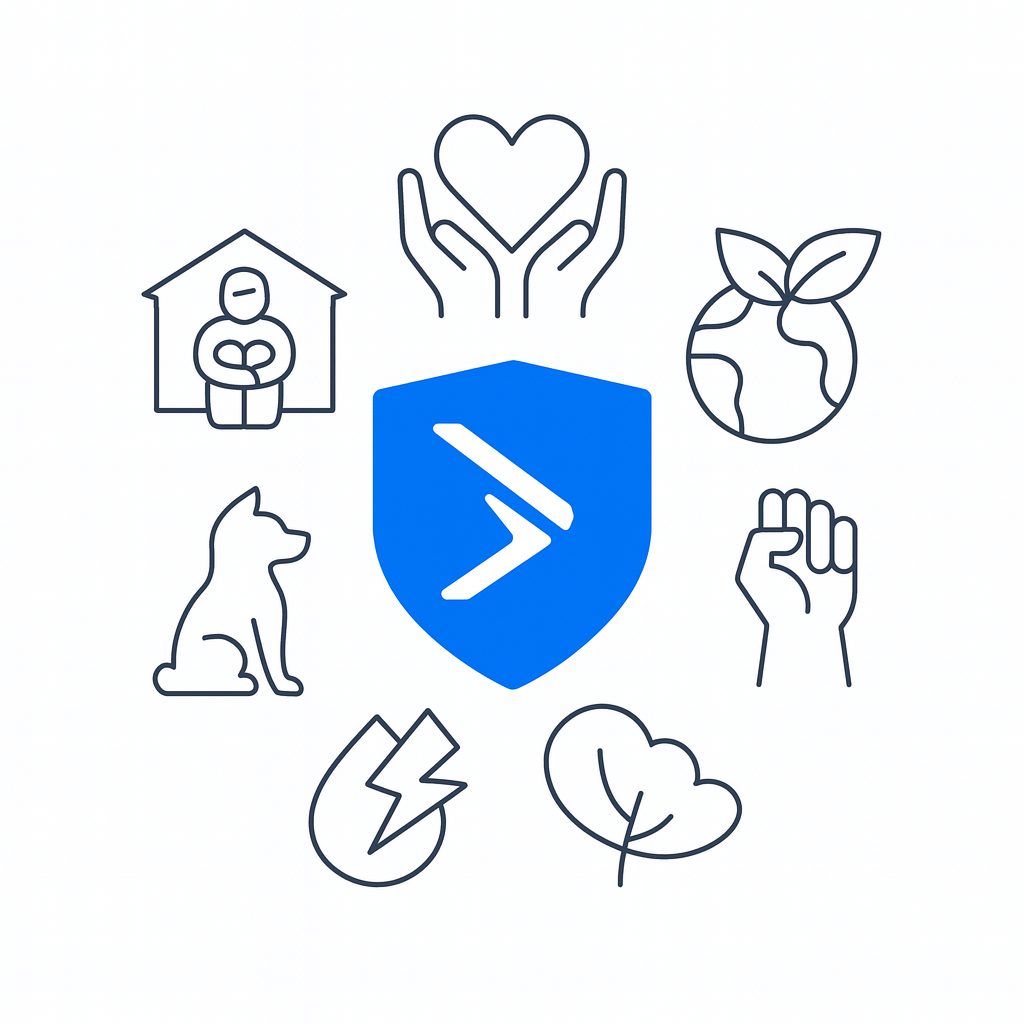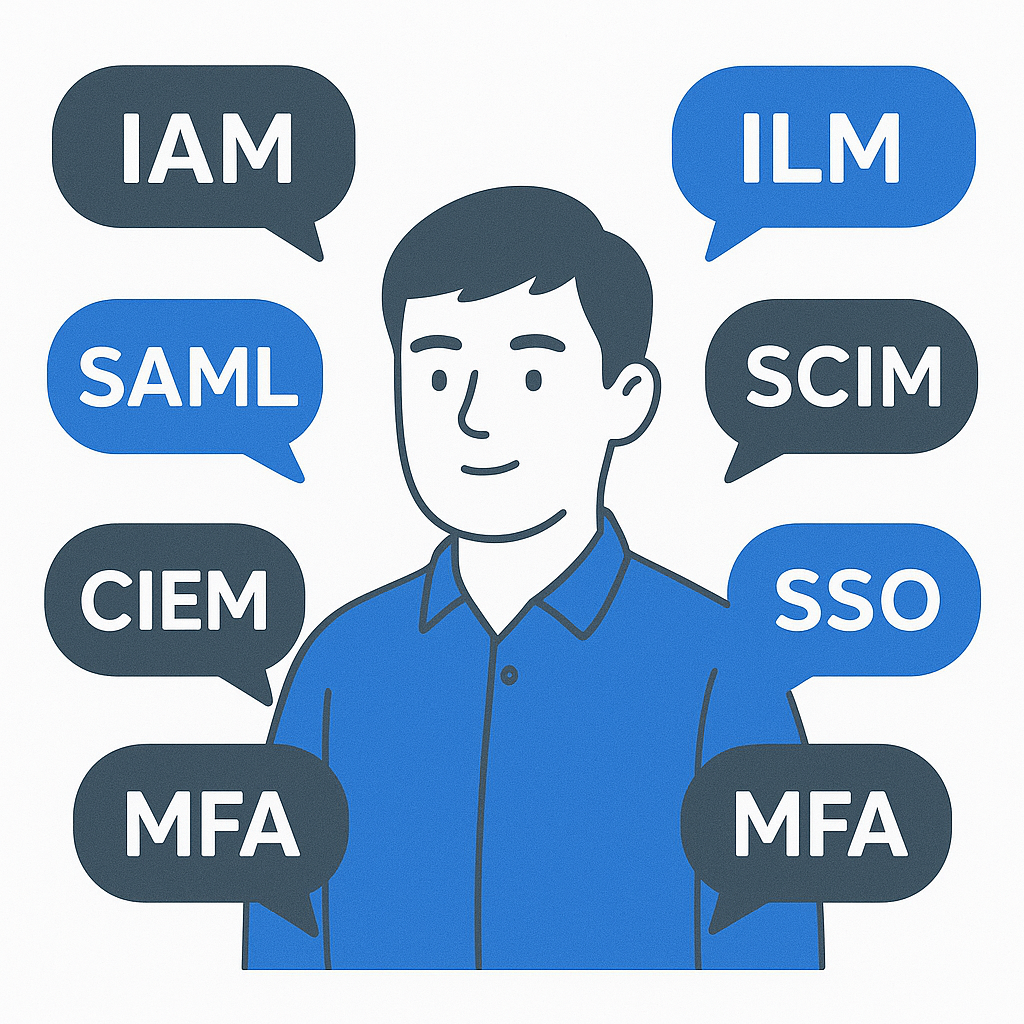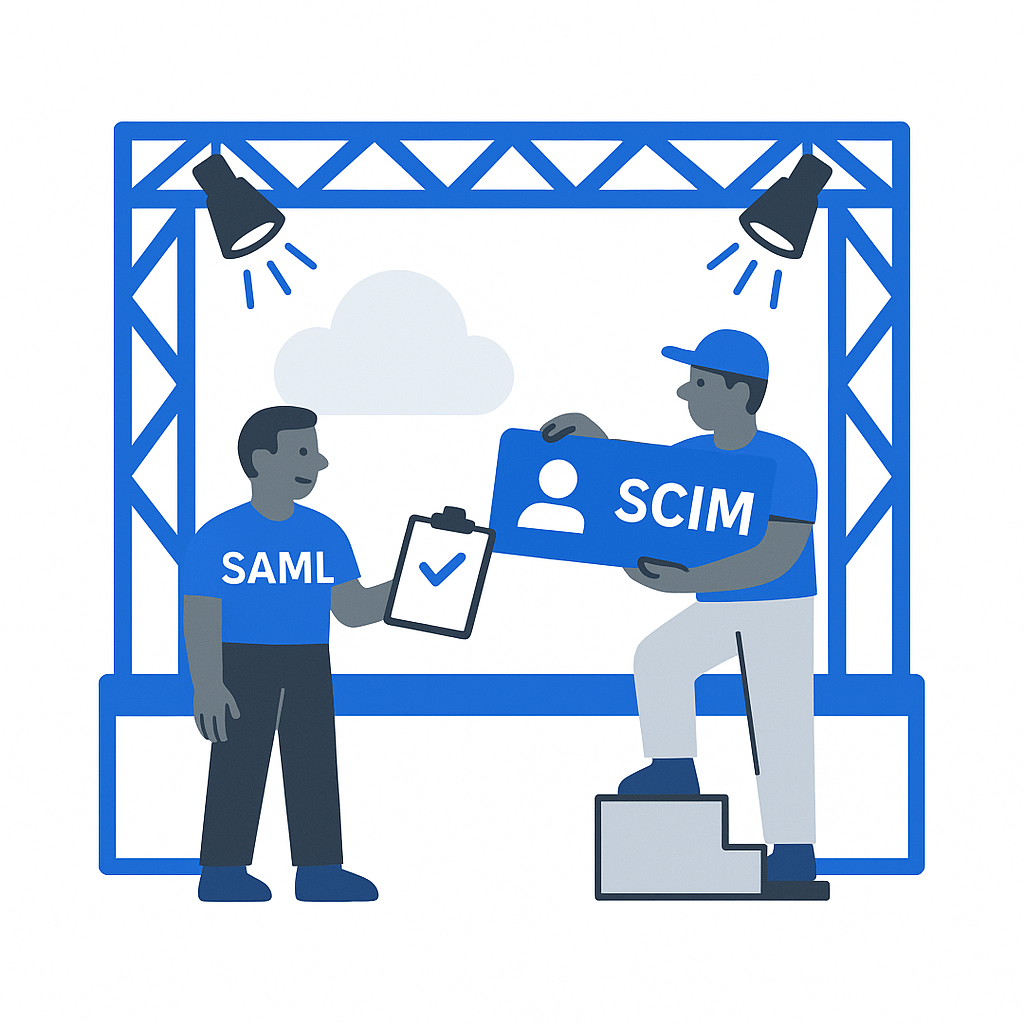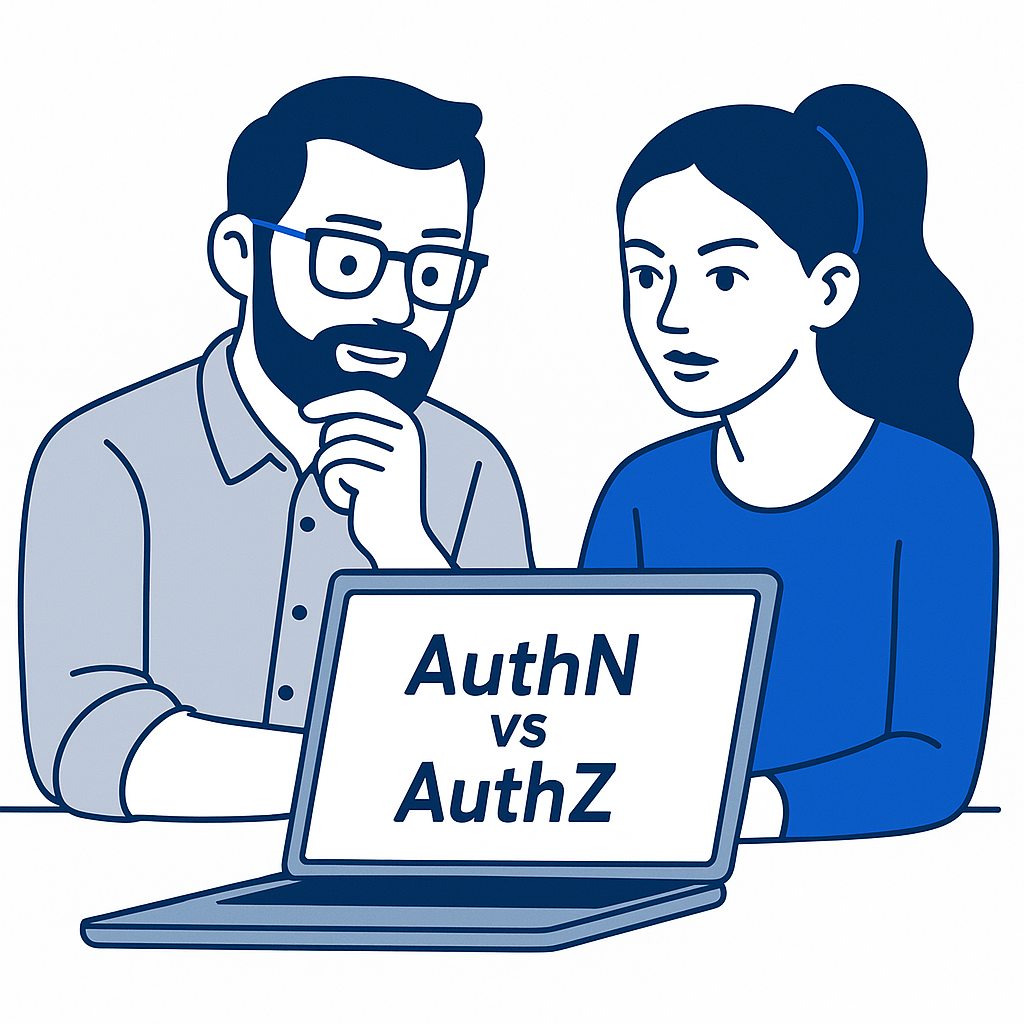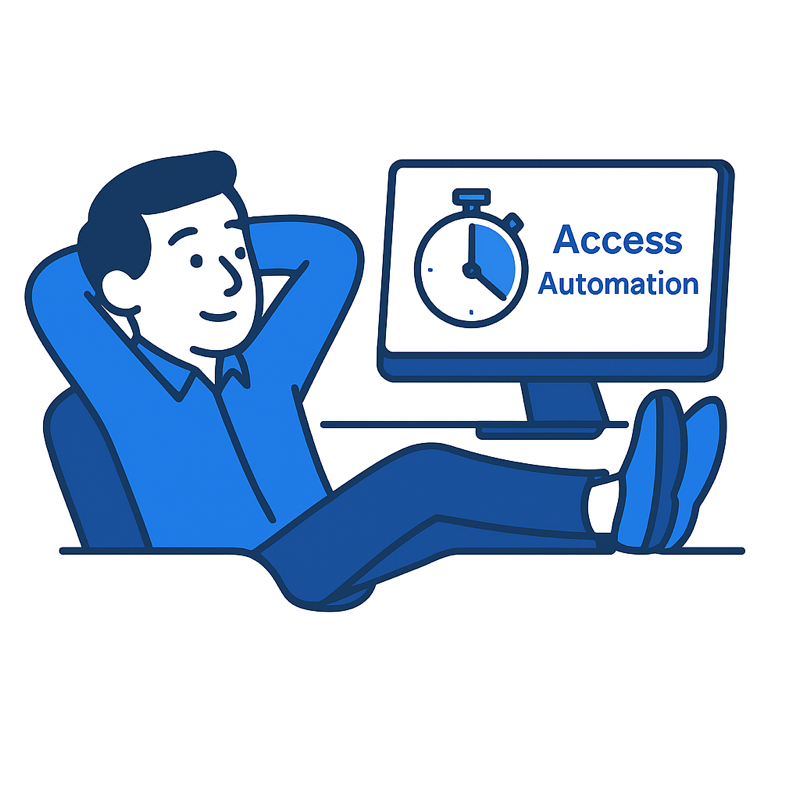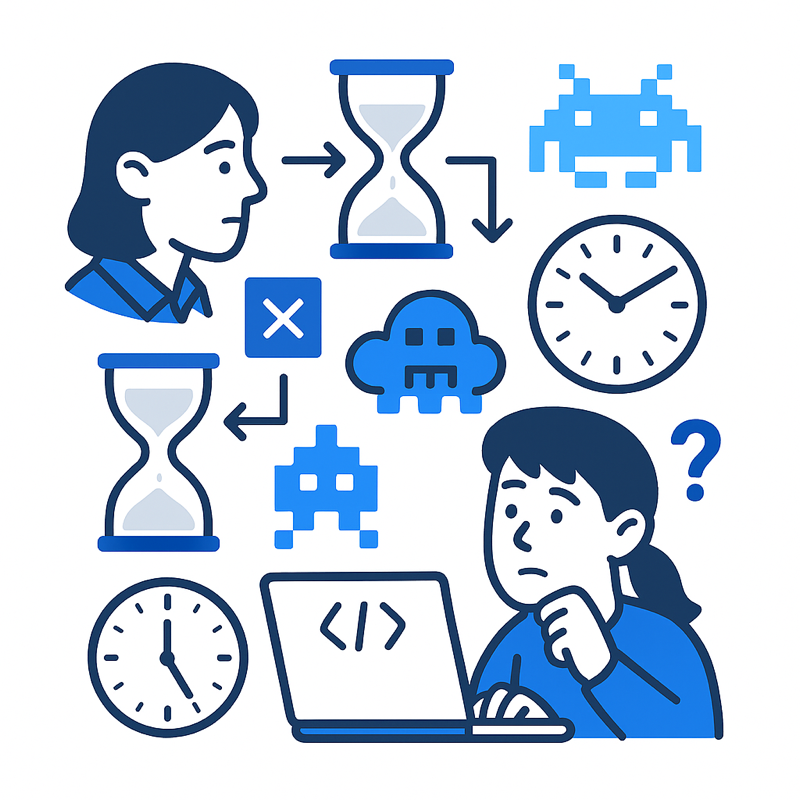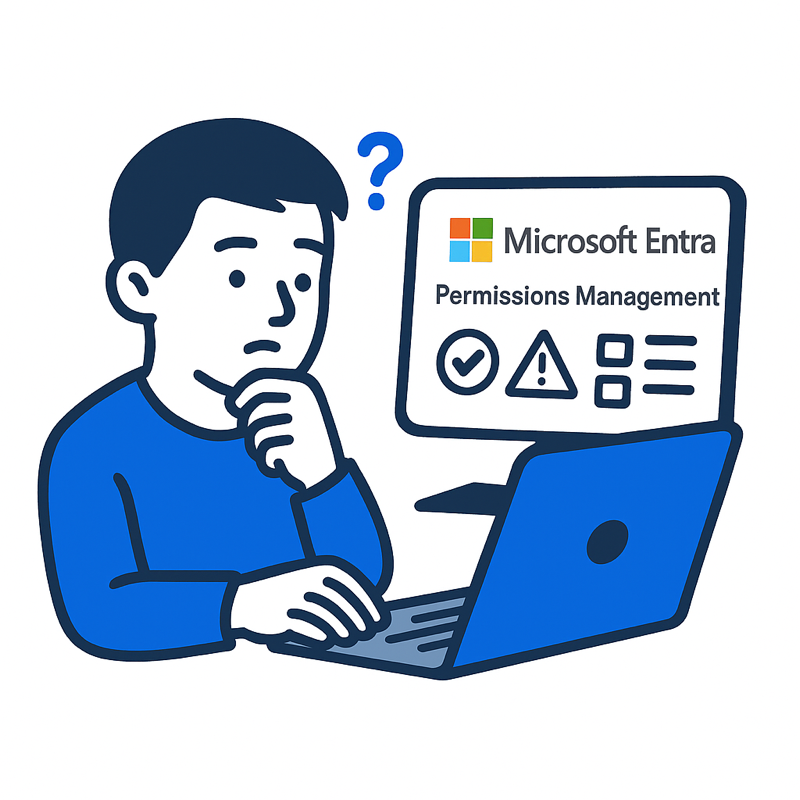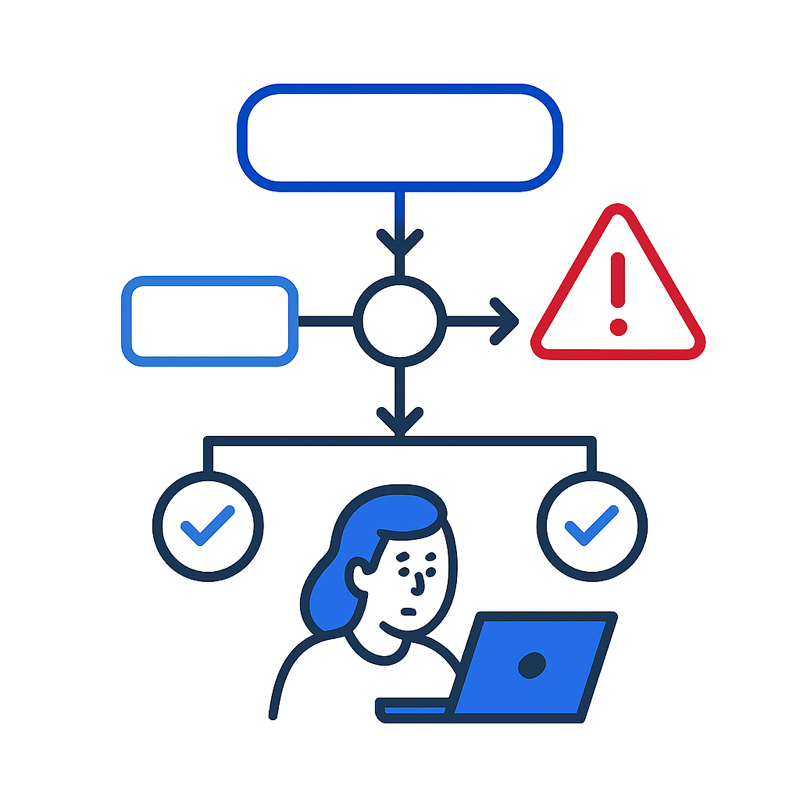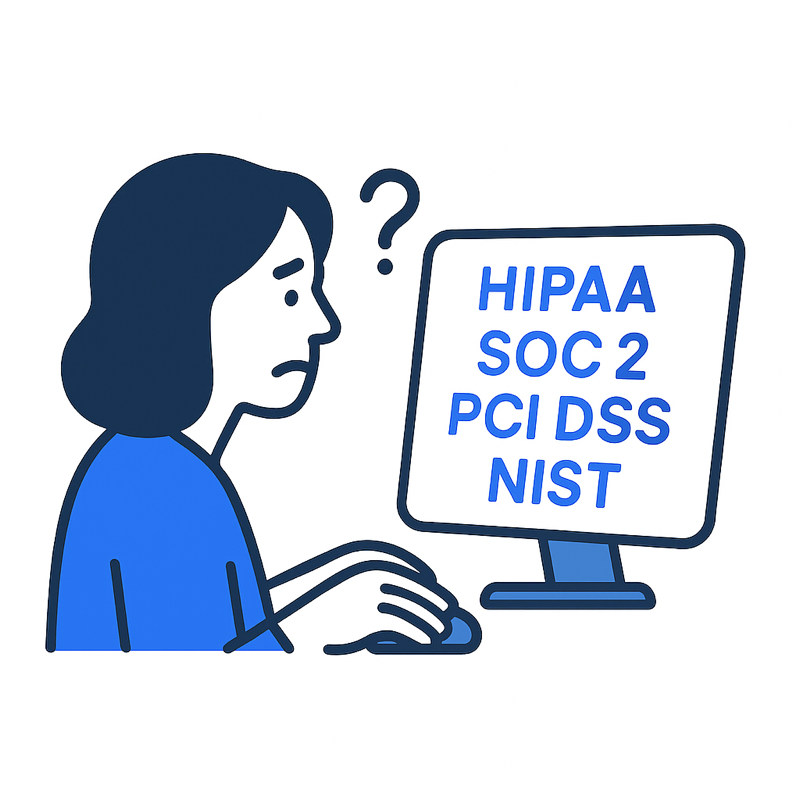Why is NGAC the Future of Cloud Access Control?
Next Generation Access Control (NGAC) is a forward-looking framework designed to meet today’s access challenges head-on. NGAC doesn’t just tweak legacy models; it redefines how access decisions are made, enforced, and scaled. And if you’re responsible for protecting sensitive data across a fractured digital estate, it’s time to pay attention.
So, What Is NGAC?
NGAC is a policy-based access control architecture that moves beyond the limitations of RBAC and ABAC by incorporating real-time, context-aware, and risk-informed decision-making into access control.
“NGAC enables policy enforcement mechanisms to operate uniformly across diverse systems, resources, and application domains.”
- David F. Ferraiolo, Supervisory Computer Scientist, NIST
It’s designed to:
- Enforce policy dynamically, not just at provisioning time
- Integrate context, like user behavior, device trust, or session risk
- Allow fine-grained permissions tied to specific actions, resources, and conditions
- Operate consistently across diverse systems, from AWS to GitHub to Jira
At its core, NGAC is a framework for policy enforcement, built to reflect not just who a user is or what role they have, but what they’re doing, when, and why.
Why RBAC Isn’t Enough Anymore
RBAC is deceptively simple: assign users to roles, and roles to permissions. It works okay in small, stable environments, but scale it up, and the cracks show.
- Roles proliferate: In large organizations, you end up with hundreds (or thousands) of roles to cover edge cases. Managing and auditing them becomes a nightmare.
- Permissions stick: Once assigned, access is rarely revoked. People accumulate more privileges as they change jobs, resulting in inevitable access bloat.
- It lacks context: RBAC doesn’t care if the user is off-network, if the request is out of hours, or if the resource is sensitive. It grants access blindly.
In short, RBAC is static, coarse-grained, and way too trusting.
ABAC Tried to Help, But…
Attribute-Based Access Control (ABAC) was designed to fix RBAC’s limitations by tying permissions to attributes, like department, project, role, or clearance level. The idea was flexibility. The reality? Mostly complexity.
- Policy sprawl becomes unmanageable.
- Attribute conflicts create ambiguity.
- Implementation varies wildly across systems, leading to inconsistent enforcement.
ABAC looked good on paper. But in practice, it often turned into a tangled mess of conditional logic that no one could audit, let alone maintain.
NGAC: Built for the Way We Work Now
NGAC steps in where RBAC and ABAC notoriously stumble, with a modern control model that adapts to how, when, and why access is requested.
Here’s how it changes the game:
Context-Aware Access Decisions
NGAC evaluates access based on real-time conditions:
- What system is being accessed?
- What’s the user’s role right now?
- Is this part of a defined task or change window?
- Has this user accessed sensitive resources before?
This allows for nuanced enforcement, like denying access if the request is outside business hours unless part of an emergency response group. NGAC is rapidly becoming a de facto requirement of international cybersecurity standards.
Rather than granting standing privileges, NGAC enables ephemeral access tied to a task or timeframe. Think:
“Give Alice access to the S3 bucket for 1 hour to resolve the incident. Then, revoke it automatically.”
This reduces the attack surface and neutralizes credential abuse.
Integrated Access Lifecycle Automation
NGAC isn’t just about point-in-time decisions. It connects to identity lifecycle management events (onboarding and provisioning, offboarding and deprovisioning, role change), so access adjusts dynamically without manual reviews or ticket queues.
In-Band Approvals and ChatOps
Modern NGAC implementations allow access requests and approvals to happen in Slack or Teams. This reduces friction while maintaining audit trails and enforcing policy where users already work.
Users no longer sit behind desks, data no longer lives on-prem, and identities flow across clouds. As such, the old ways of managing access simply don’t cut it anymore. Role-Based Access Control (RBAC) and Attribute-Based Access Control (ABAC
NGAC abstracts the complexity of native IAM systems by applying consistent policy across AWS, Azure, GCP, SaaS apps, and DevOps tools, all from a central policy plane.
What NGAC Isn’t
It’s worth noting: NGAC is not a product. It’s an architecture. A set of principles and controls that a platform may implement.
A real NGAC-aligned solution should offer:
- Contextual, real-time enforcement
- Just-in-time, revocable access
- Lifecycle-aware policy triggers
- Auditability across systems
- Centralized visibility and orchestration
If, under the hood, it’s just rebranded risk-based authentication (RBA), it’s not going to cut it for NGAC.
Why Now?
With the rise of remote work, zero trust, cloud-native development, and aggressive attacker techniques (hello, lateral movement), identity is the new perimeter. However, too many organizations out there are still relying on manual access reviews, over-provisioned roles and broad permissions, and static entitlements to protect them.
NGAC offers a smarter way: grant the minimum required access for the shortest possible time, based on real context, not assumptions.
That’s more than security. It’s common sense that’s future-proofing the SOC.
In summing up:
- RBAC: Simple and predictable, but static, over-provisioned, and blind to context.
- ABAC: Flexible, attribute-rich, but complex, hard to audit, and brittle.
- NGAC: Dynamic, context-aware, scalable, though it does require an orchestration layer and policy maturity.
If you’re still clinging to RBAC while juggling cloud entitlements, compliance obligations, and mounting identity risk, NGAC isn’t a luxury; it’s a necessity.
It’s time to stop granting access based on what someone was hired to do six months ago. Start granting access based on what they need to do; right now, in this moment, for this specific task, and nothing more.
If you’d like to learn more about achieving NGAC architecture, now and for the future, feel free to get in touch for a no-obligation chat.



